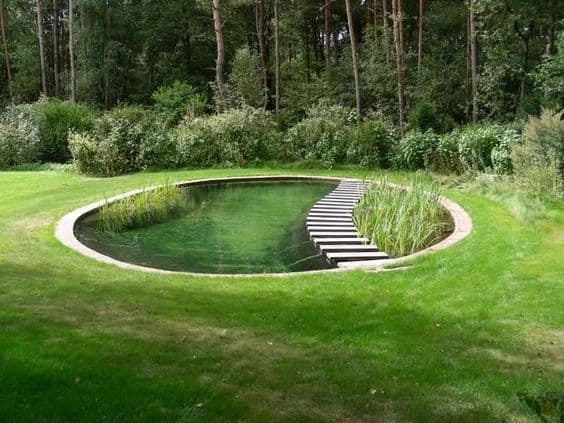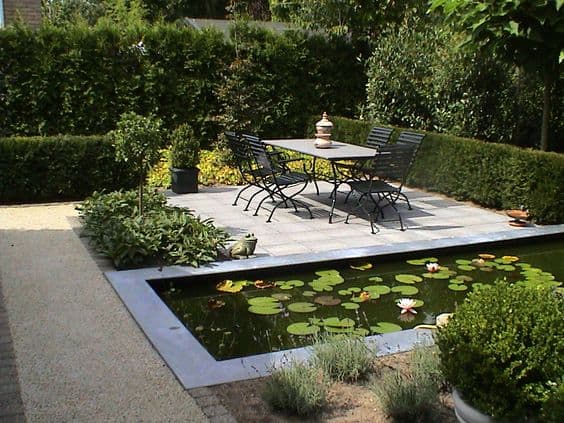It is often said that water is life. Just look at any pond installed in the hollow of a garden to realize this. An essential meeting point for flora and fauna, this landscaping is a captivating spectacle that delights birds, insects, and other small animals. A real asset for biodiversity, this aquatic reserve promotes the good health of all nearby plants while animating the landscape.


Between the light that sparkles while reflecting on its surface, the soothing sound of flowing water, and the song of the birds coming to quench their thirst, this living picture is constantly renewed. An enchanting decor that can take many forms and adapt to all styles (from the most traditional to the most contemporary) but also constitutes an appreciable source of freshness during periods of great heat. And contrary to what one might think, a small pond or a small fountain is not necessarily so complicated to implement, or even to maintain.


Requiring little maintenance, ponds, and fountains should not be left abandoned. And it is first necessary to distinguish their container (the structure and its reservoir) from their content (the water). Because if the movement generated by the pump limits the proliferation of algae or mosquitoes, it is nevertheless recommended to treat the water regularly adding a little white vinegar. An operation that, in addition to also avoiding limescale deposits, will not endanger the animals that come to drink there. But if your installation hosts plants or fish, then it is better to add an ecological filtration system that will naturally clean the water without presenting the slightest toxicity. Don’t hesitate to manually rid the debris or dead leaves that accumulate on the surface. It remains to maintain the structure according to the materials that compose it. For copper or resin elements, a simple soft cloth is sufficient. But for stone or slate edges, you have to arm yourself with a brush. Once a year, it is also advisable to remove the pump to clean it with a toothbrush and – if necessary – to check the filters to replace them if necessary. In cold regions, it is also an opportunity to shut down your fountain as soon as the first signs of winter are felt, by removing the pump to protect it from freezing until spring. Finally, when the summer heat accelerates evaporation, the water level should be monitored and added if necessary.
This website uses cookies.